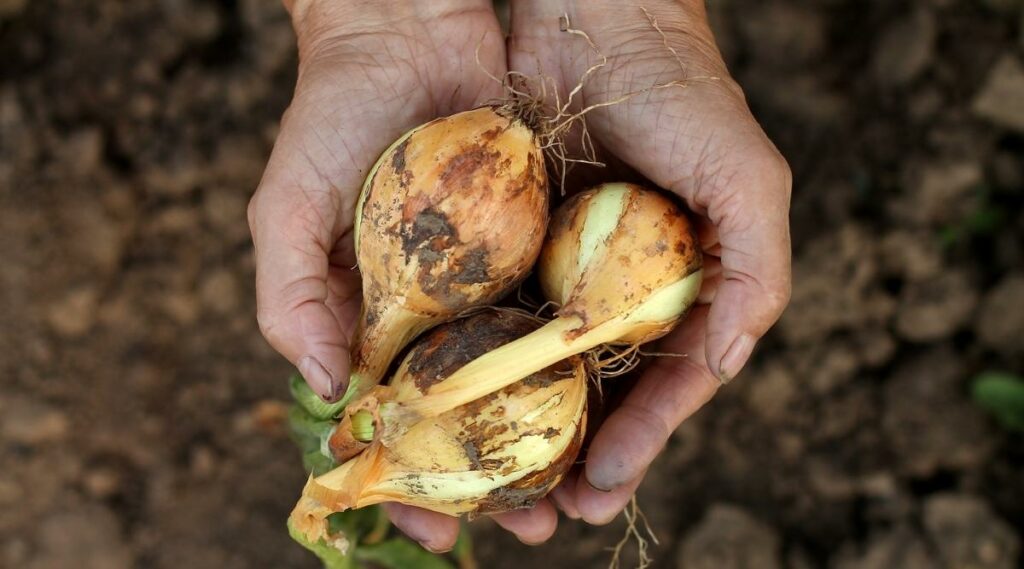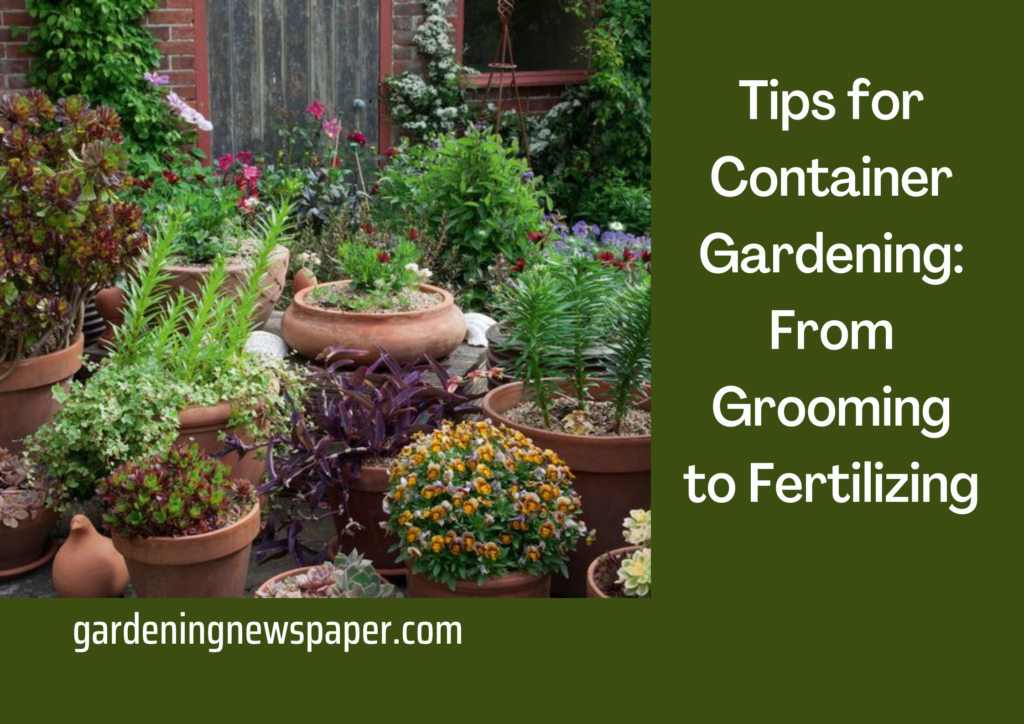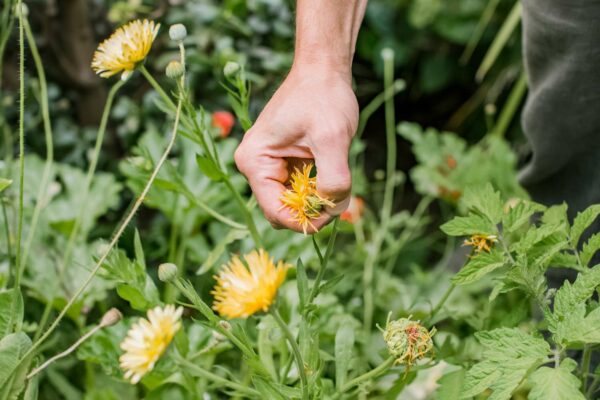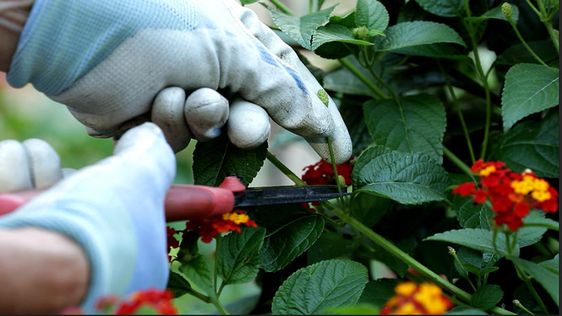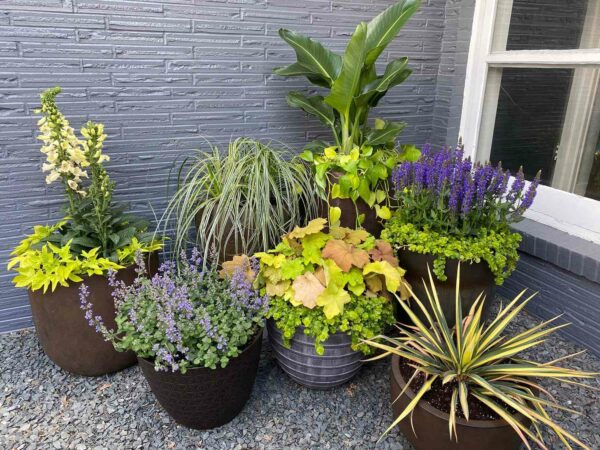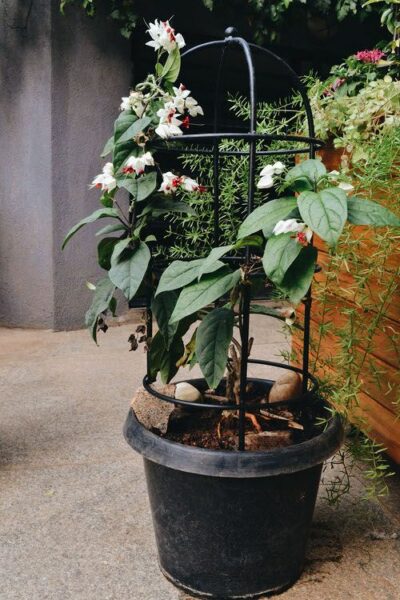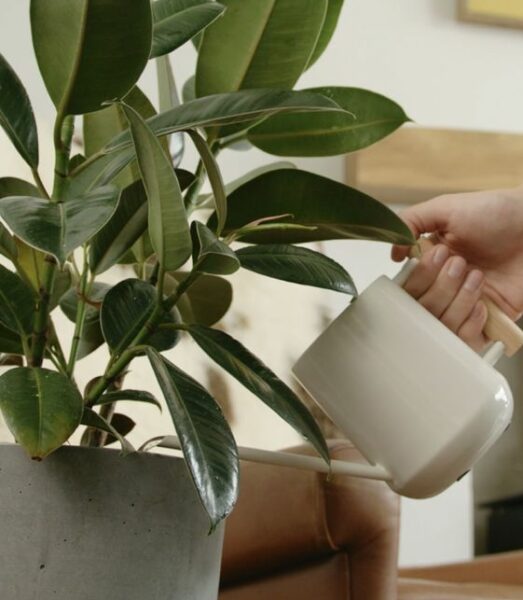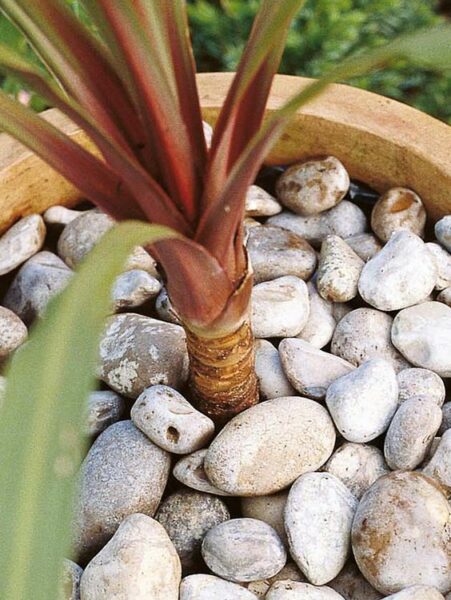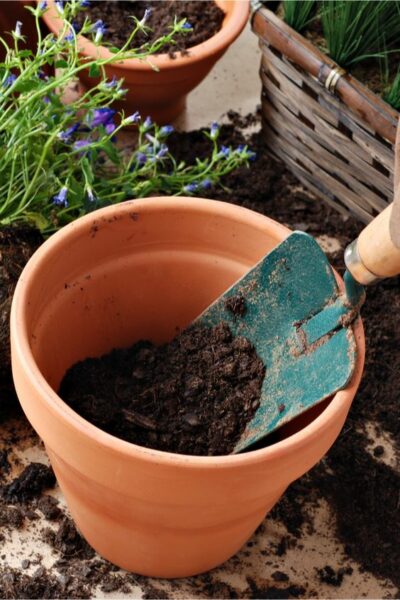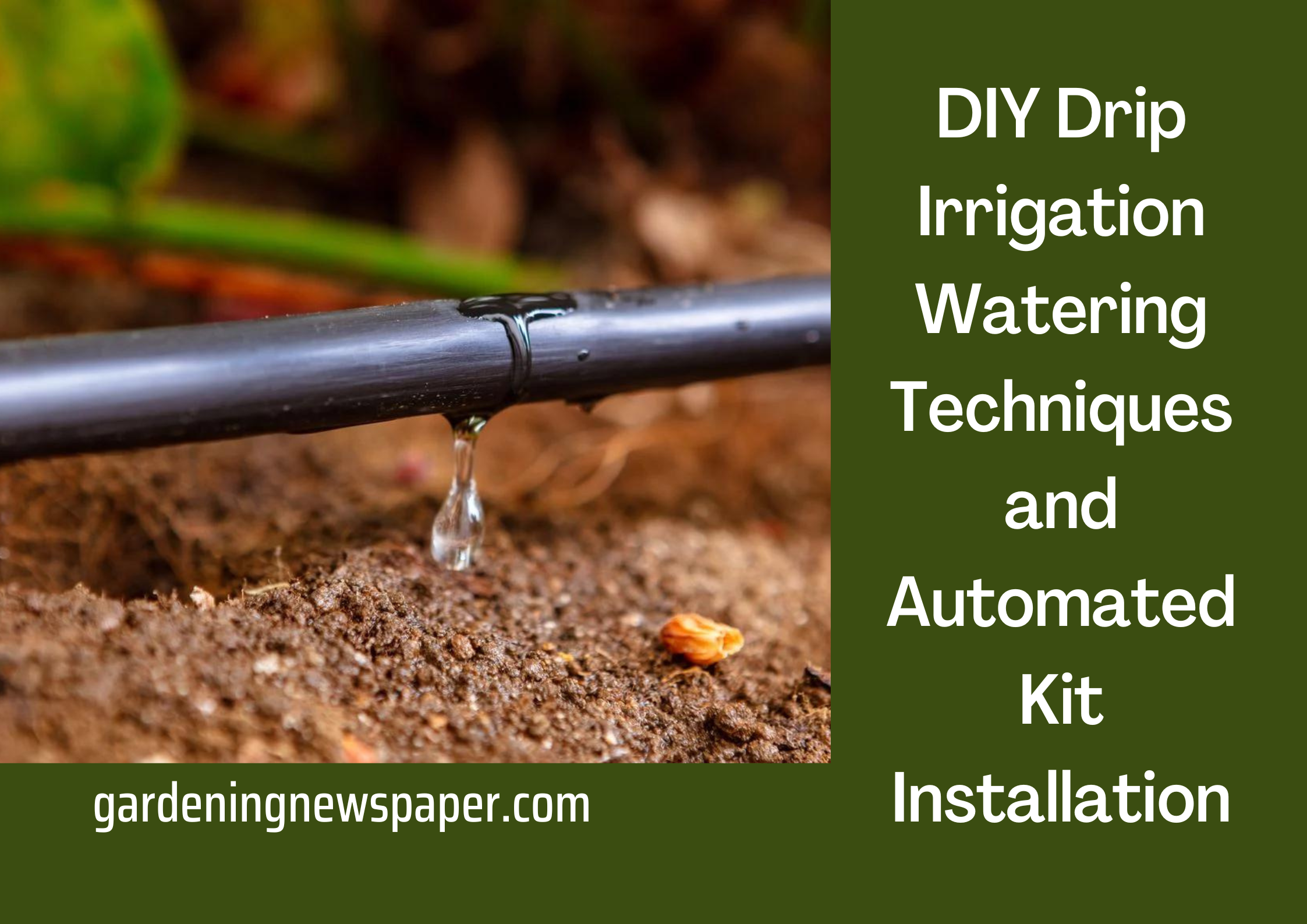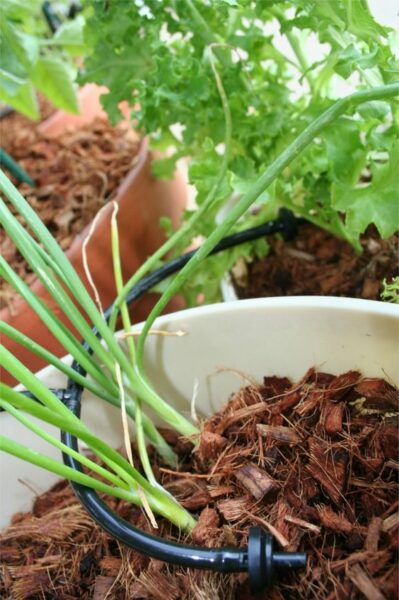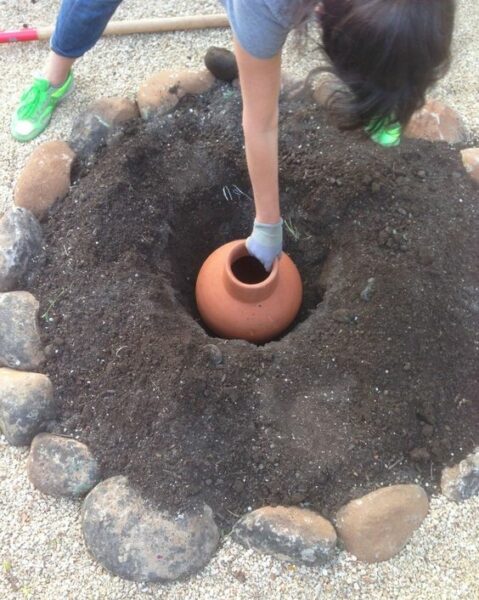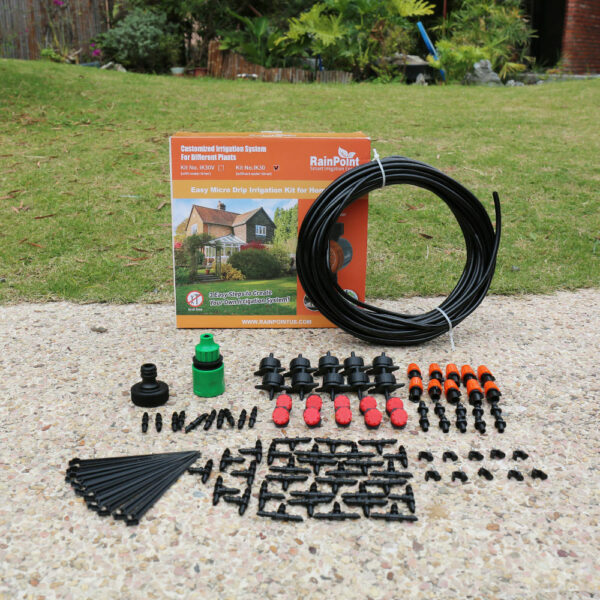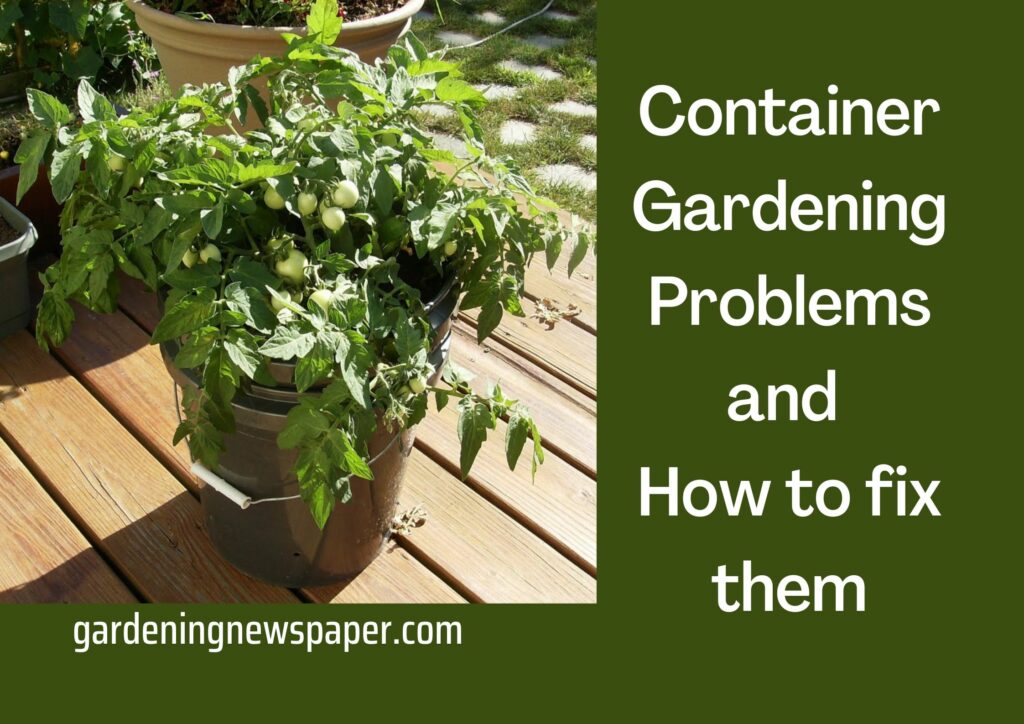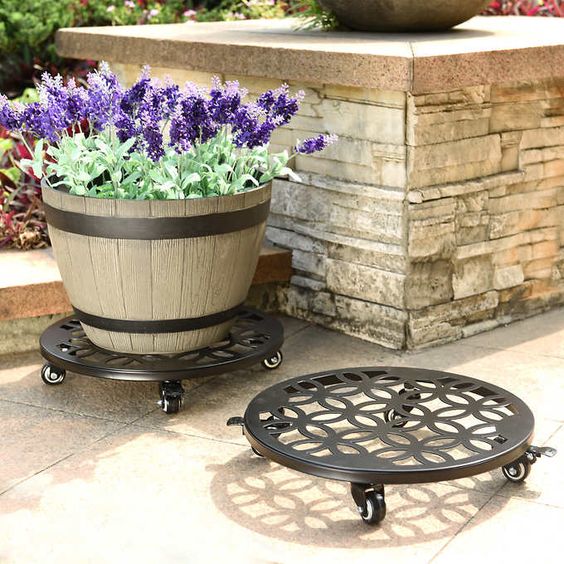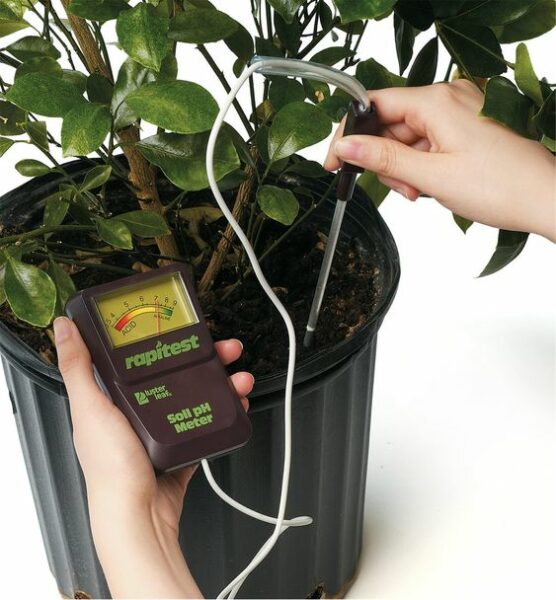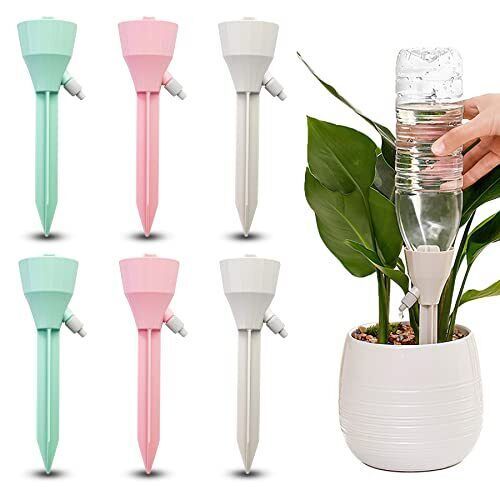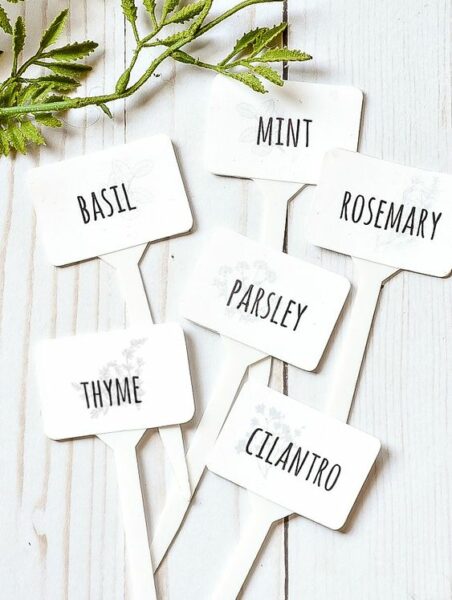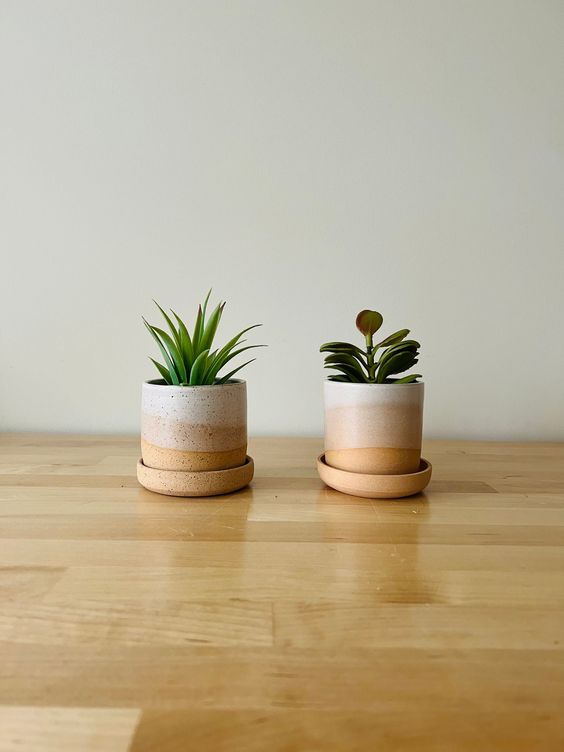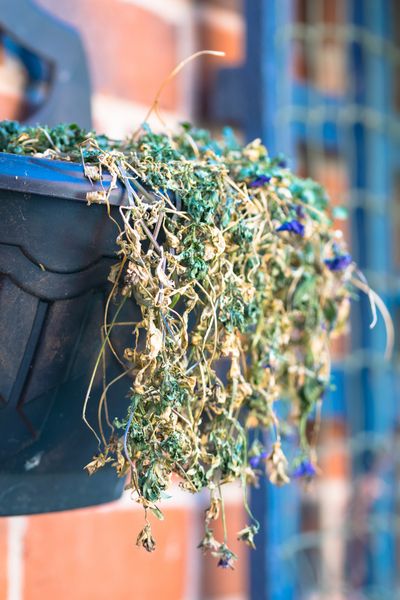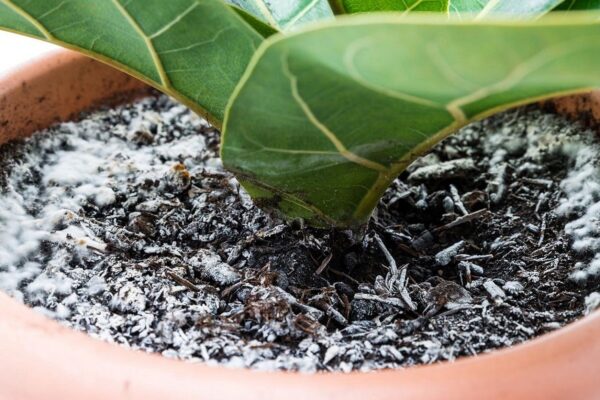What herbs to plant in fall – Tips to grow fall herbs
While spring is considered the greatest season to plant many garden plants, late summer and fall are also good times to plant trees, shrubs, perennials, and herbs. Indeed, herbs! Herbs that may be planted in the fall include annuals, biennials, and perennials. Here are five excellent herbs to cultivate in your yard and pots in autumn.
In this article, we will find the top ten herbs to plant in the autumn:
- While many perennial plants require well-drained, low-fertility soil, the annual herbs mentioned below flourish with compost and regular watering.
- Fall is a great time to start an herb garden. Drought-resistant herbs like rosemary, sage, and Thyme may be planted now and flourish in mild winter regions.
- If you are starting your cool season gardening for the fall, you may plant annuals such as herb cilantro leaves and parsley, harvest them, and enjoy their flavor before the cold season hits.

The change in weather does not mean you should abandon your garden. Several vegetables and plants thrive in colder temperatures. The best fall herbs to plant differ based on where you reside in the country and what climatic zone you live in. Examine the list and pick which herbs to grow this fall.
Tips for fall planting
After investigating which herbs are acceptable for your climate conditions, there are a few general suggestions for planting in the autumn.
- Plant the herbs one month before the chilly winters. This allows them plenty of time to settle in before the cold winter hits.
- Examine the water drainage for the type of soil you’re growing in. Otherwise, frost heaving can take young seedlings out of the ground.
- Plant in pots so you may bring them inside if the weather turns chilly.

Top 10 Herbs that you can plant in fall
Garlic
Garlic is related to chives in the Allium family, and while it is not precisely an herb, we utilize garlic in our kitchens to flavor meals. Plant garlic in the fall and let it grow during the winter. You’ll return to harvest in the spring or summer. It is a perfect option for beginners.
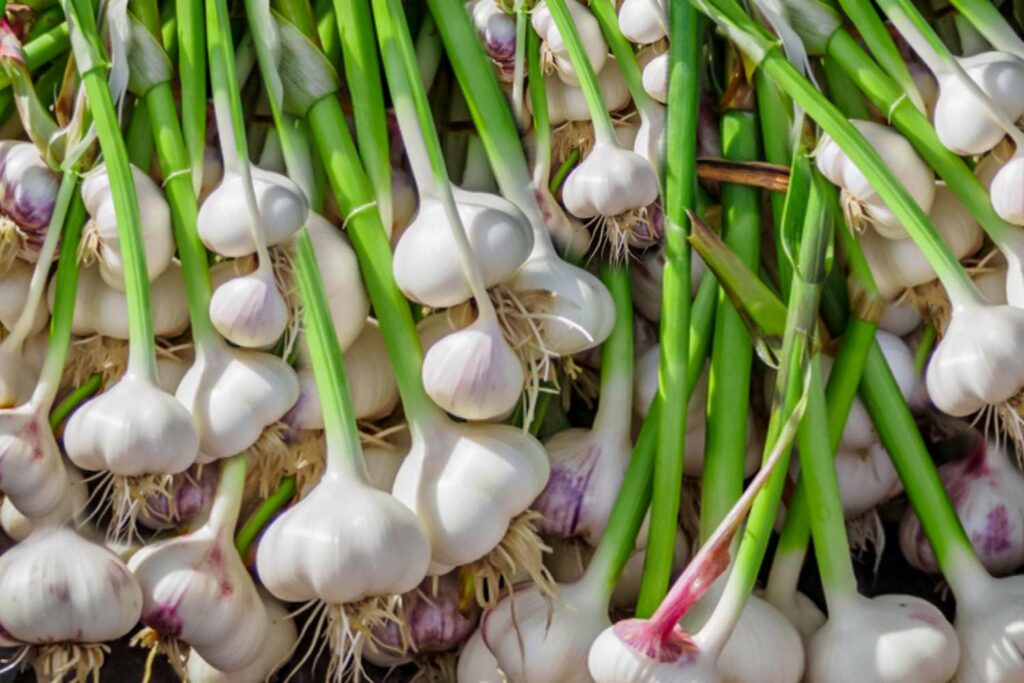
Chives
If you live in a chilly environment, chives are great. This strong perennial grows up to dipping temperatures. Chives, being one of the most popular herbs, need no introduction: they taste great on everything, have wonderful springtime pom-pom flowers, and are a nutrient-rich diet.
Provide your chive seeds with nourishing, damp, well-draining soil, and grow them in full to partial sunlight. These plants may be grown in both indoor and outdoor pots; simply place them on your sunniest windowsill!
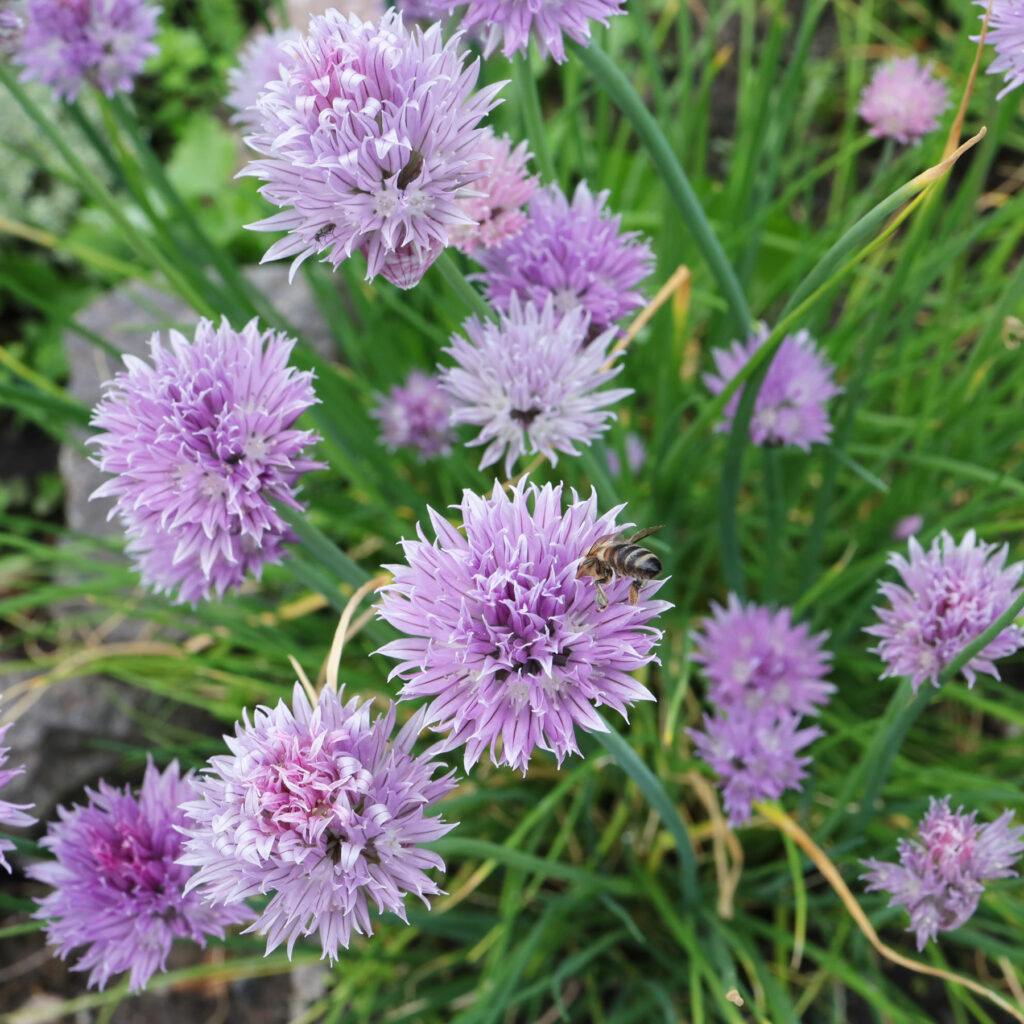
Echinacea
Echinacea is a good choice for you if you have a running nose every alternate day when the temperature dips. It is commonly known as coneflower. The pink petals complement the rusty red cores in the spring, attracting a variety of pollinators. Once a week, a cup of Echinacea tea can help prevent illness.
These perennial plants may thrive in various soil conditions, even rocky terrain! Keep these beauties dry and in bright light. If you’ve opted to keep your Echinacea seeds in a container, make sure there’s enough room for the taproot.
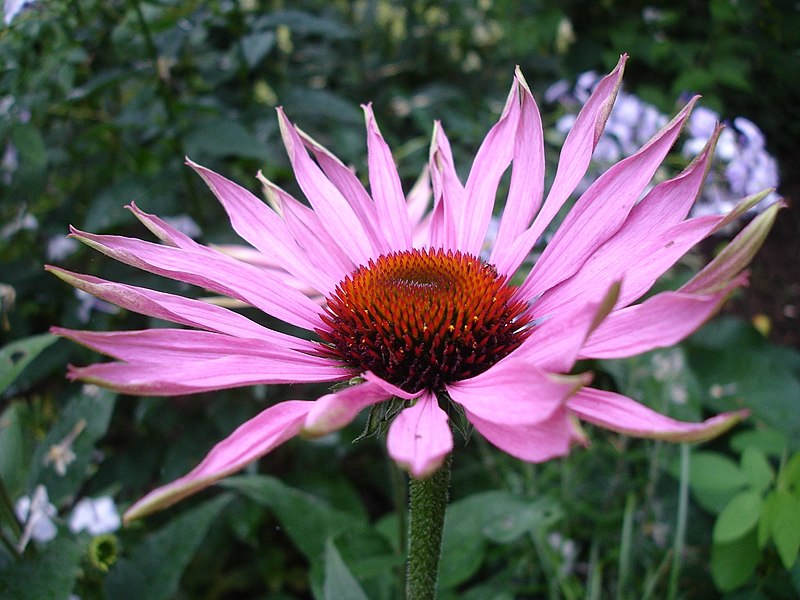
Sage
Sage is a semi-woody perennial that, if properly cared for, may survive in your garden for a long time. It has beautiful silver leaves and gives a chic look which makes it favorite fall herb. Take cuttings from your sage plants, place them in water, and you’ll never have to buy sage from the shop again.
Rosemary grows well in the fall herb garden.
This woody evergreen herb is native to the Mediterranean, and while it enjoys plenty of light and warmth, it can survive in a variety of frigid climates. It is pretty easy to grow and is a beneficial herb health-wise.
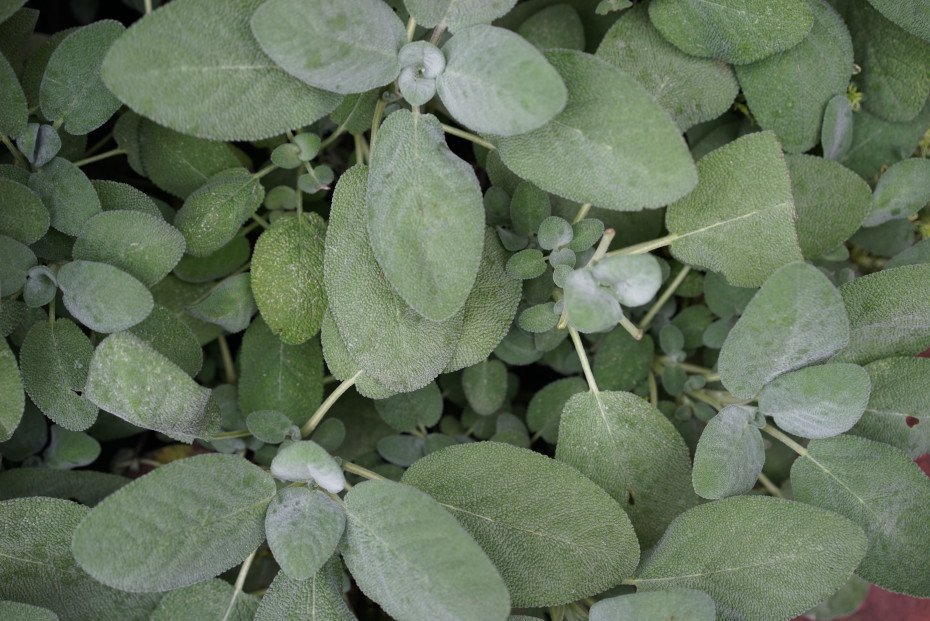
Thyme
Thyme is a low-growing shrub that makes an excellent garden-edging plant. It is a savory addition to practically any dish in the kitchen, including omelets, soups, and chicken. Treat bronchitis and other illnesses using the leaves, flowers, and oil of this plant.
This perennial should be planted in well-draining soil in your sunniest location and watered when the top 2 inches of soil dry in a routine manner.

Greece’s oregano
Oregano, like Thyme, is a low-growing plant that you can use to frame taller plants. Use this herb to flavor a delicious sauce or just sprinkle it as a garnish. You can use oregano as a natural insecticide and in medicine to treat viral infections.
Like other Mediterranean herbs, they should be planted in bright light in well-draining soil; mature specimens should dry out before rewatering.
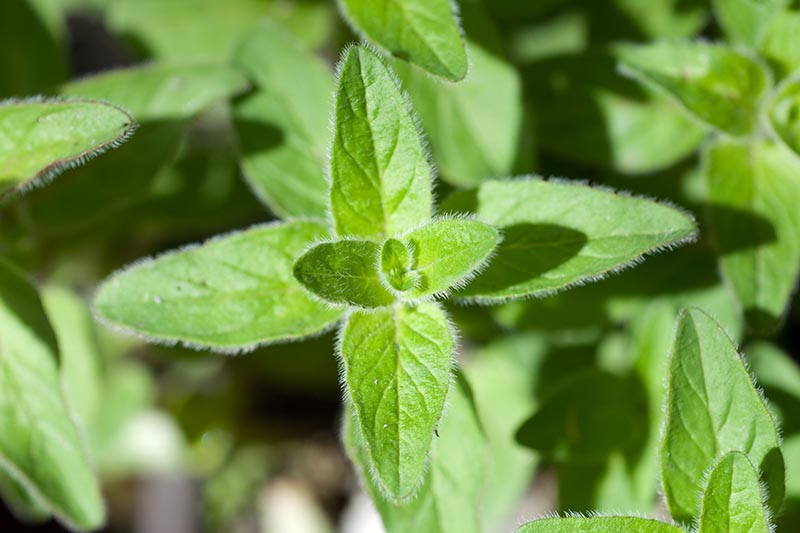
Chamomile
Chamomile, a member of the Aster family, with daisy-like flowers that provide a hilly feel to any environment. It takes little maintenance and easily self-seeds for the next growing season. It is beneficial to gather a handful of leaves in the fall, dry them, and boil them into warm teas for the winter.

Cilantro
This herb adds a fresh, zesty flavor from salsa to pasta salads. As previously said, if you plant cilantro now, you’ll have plenty of time to enjoy the leaves before the winter freezes your soil. The seeds, often known as coriander, are not only edible but also tasty.
Cilantro is easy to maintain in the fall and only causes problems when it blooms in hot weather.
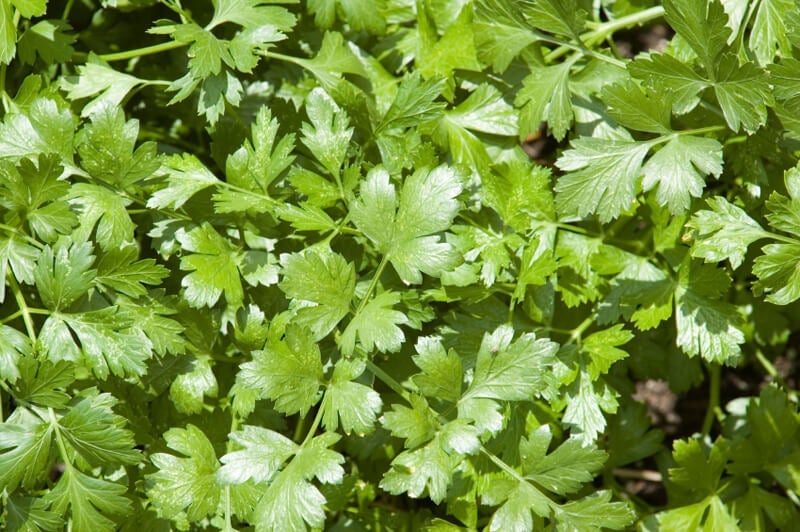
Parsley
Flat leaf and curly parsley are additional choices, but both strong herb parsley is easy to maintain. Parsley is an easy-to-grow herb in the carrot family that grows well in chilly weather. It can even survive the winter if your location isn’t too chilly because it’s a perennial.
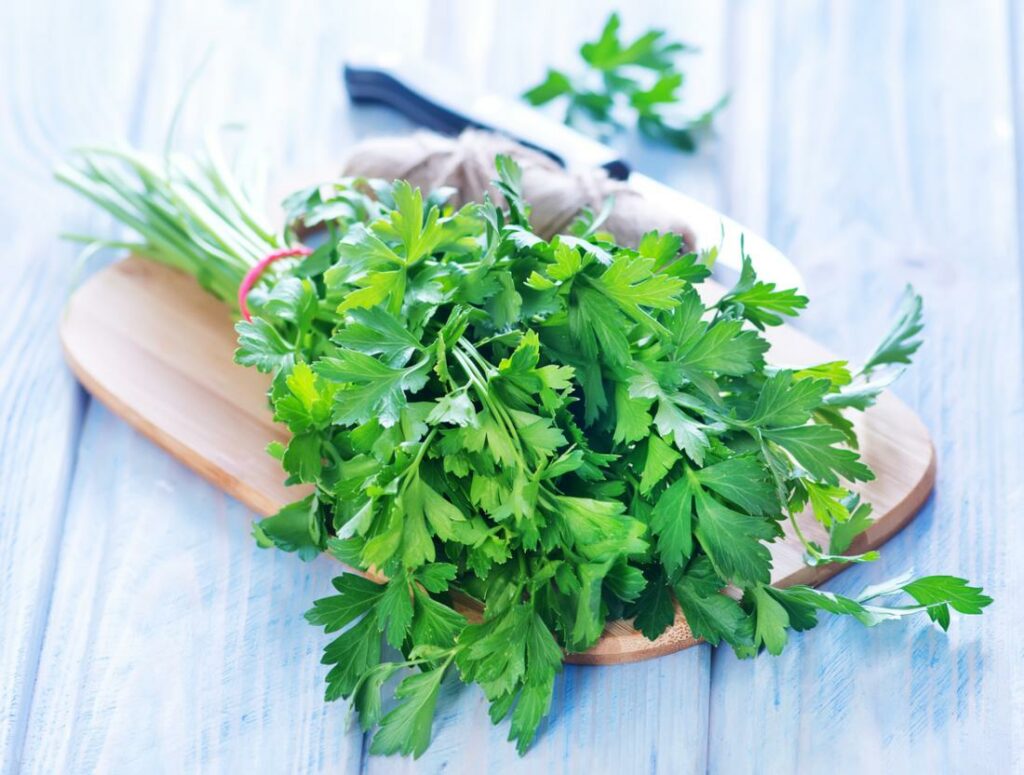
Growing fall herbs in the fall ensures that you always have fresh herbs on hand for your favorite comfort foods.
Although the concept of cultivating fall herbs appeals to many of us, it is only possible in locations with moderate winters. It is challenging to produce fall herbs in areas prone to brutal winters or frequent severe freezes, but it is possible with greenhouses or growing lights.
If you have moderate winters, grow fall herbs in a container near your kitchen.

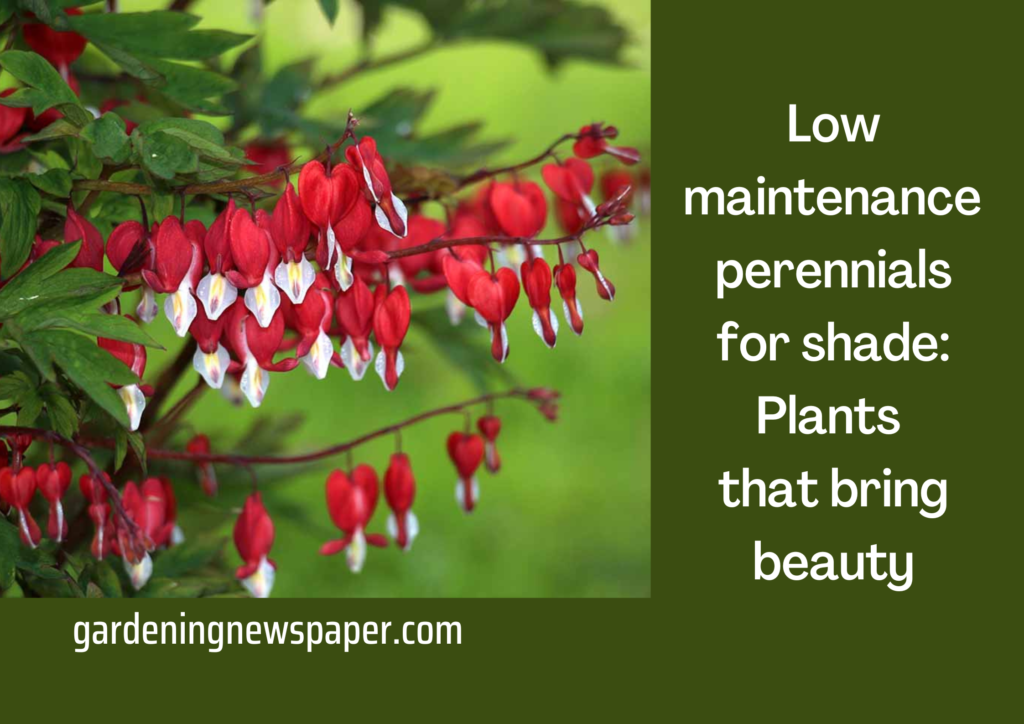








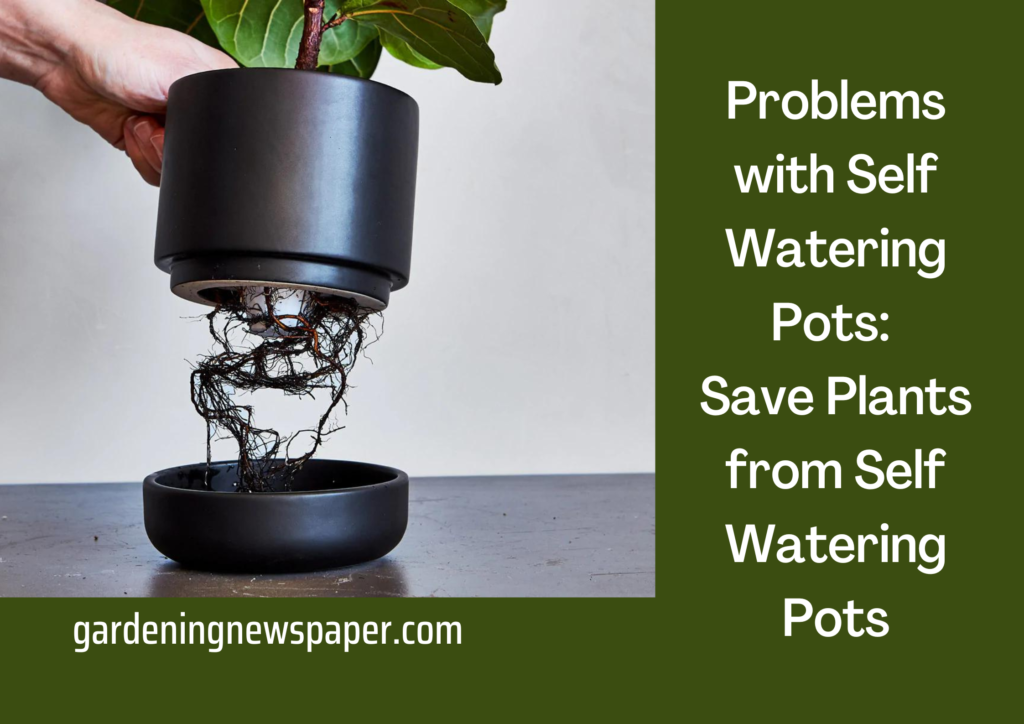




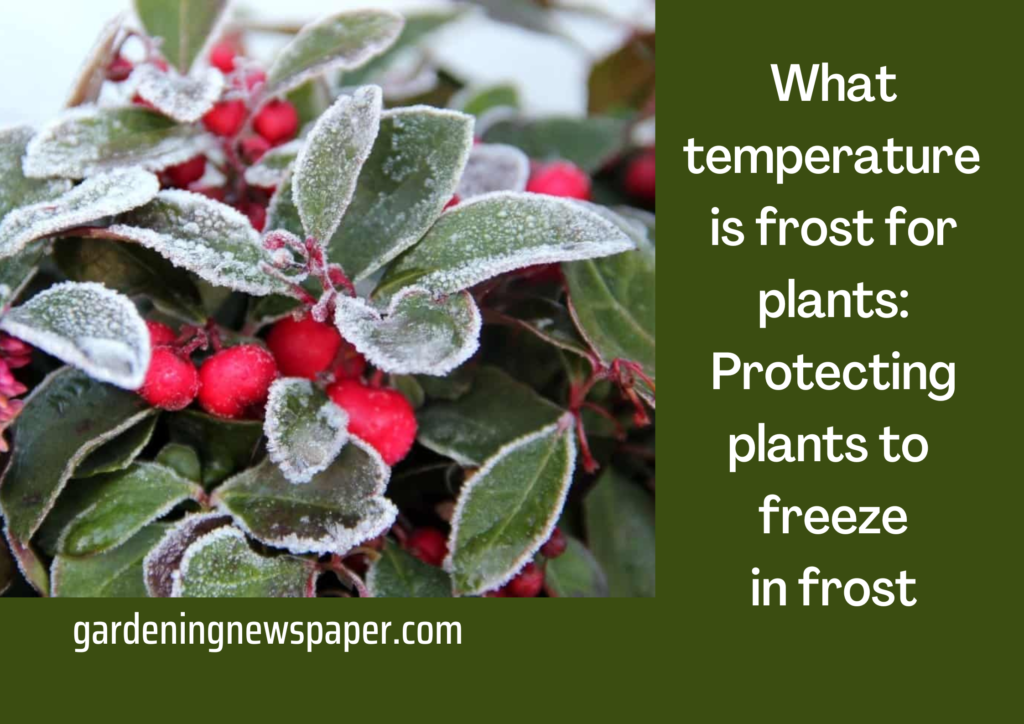




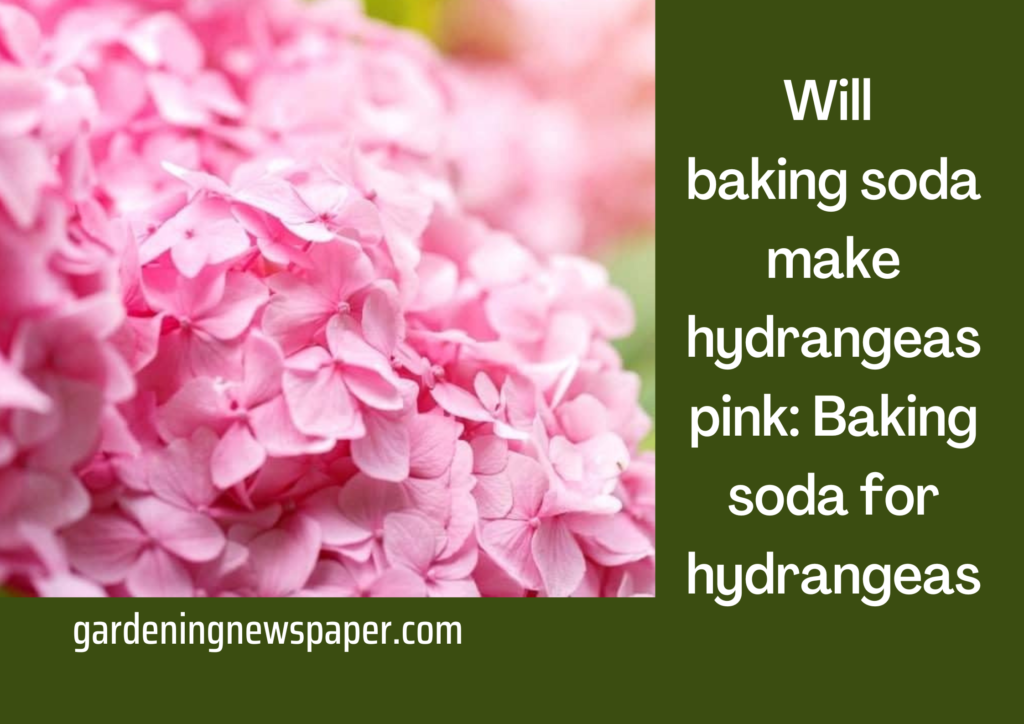




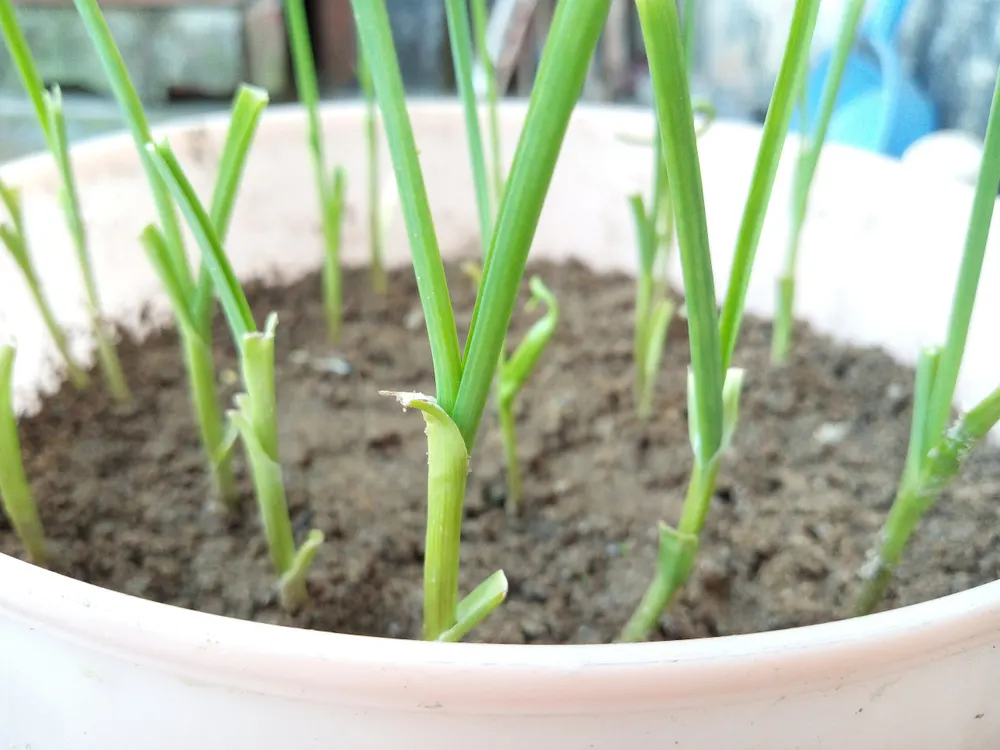
 Proper watering
Proper watering
